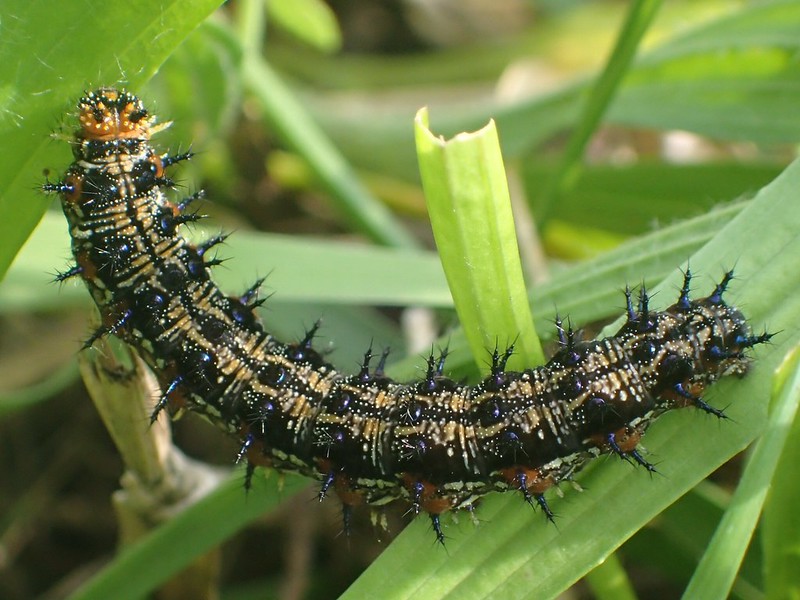Common Buckeye
Buckeye Butterfly Coloration, Markings and Size
 |
The Common Buckeye butterfly (Junonia coenia) is brown above. The forewing features two orange bars and two large black eyespots outlined in orange.
The hindwing has two eyespots, with the upper one being the largest and containing a magenta crescent.
Typical size of the Buckeye is in the 2.0" - 2.8" range. It is similar in looks to the Tropical Buckeye.
Distribution and Habitat
Buckeyes prefer open, sunny locations in fields and clearings. They are nervous, and alert, and fly quickly when nearby movement is detected.
It cannot live in freezing temperatures, but moves quickly northward in the spring to most of the United States and south Canada.
The population swells in the fall during the southward migration.
Common Buckeye nectaring on Hydrangea |
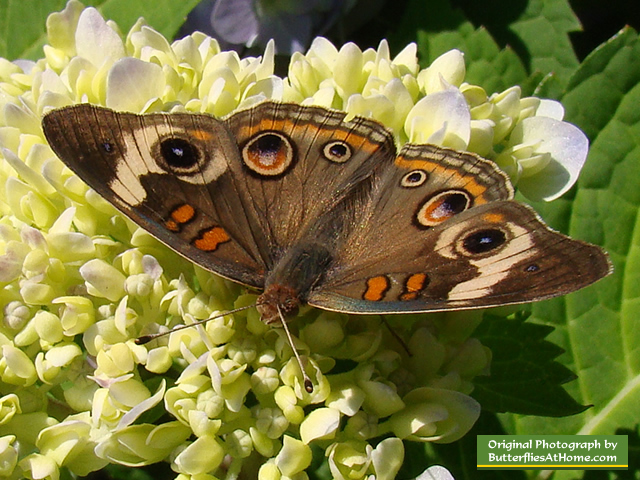 |
Nectar and Host Plants Used by the Common Buckeye
The favorite host plants of the Buckeye include snapdragon, gerardia, false foxglove, monkey flowers, plantains, ruellia and others.
They can be found on a variety of nectar plants such as Zinnia, Butterfly Bush, Hydrangea, and others. Buckeyes also take fluids from mud and damp sand.
Common Buckeye Butterfly Life Cycle Stages and Times
| Stage | Typical Duration |
| Egg stage | 4 to 14 days |
| Caterpillar (larval) stage | 2 to 4 weeks |
| Chrysalis (pupal) stage | 7 to 14 days |
| Adult butterfly stage | 6 to 20 days |
Photos of the Common Buckeye Butterfly
Buckeye Butterfly on yellow Zinnia (dorsal view)
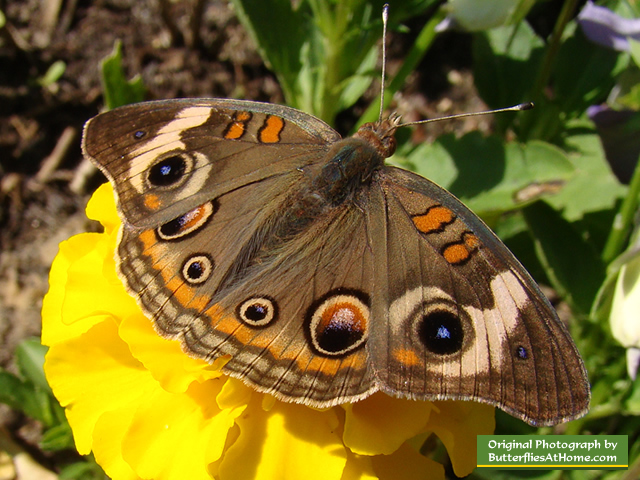
Buckeye Butterfly (ventral view)
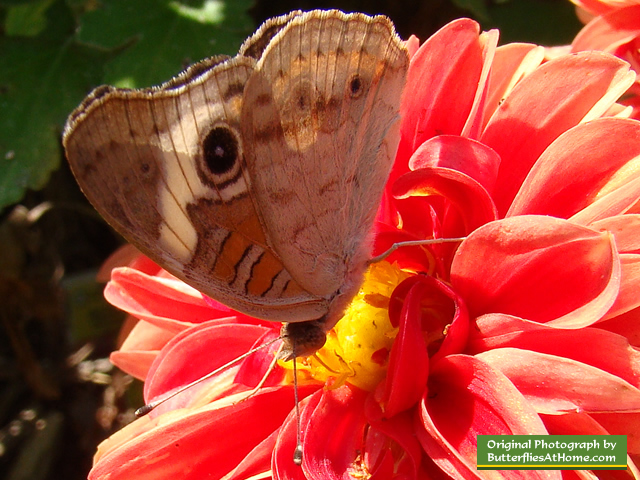
Buckeye Butterfly
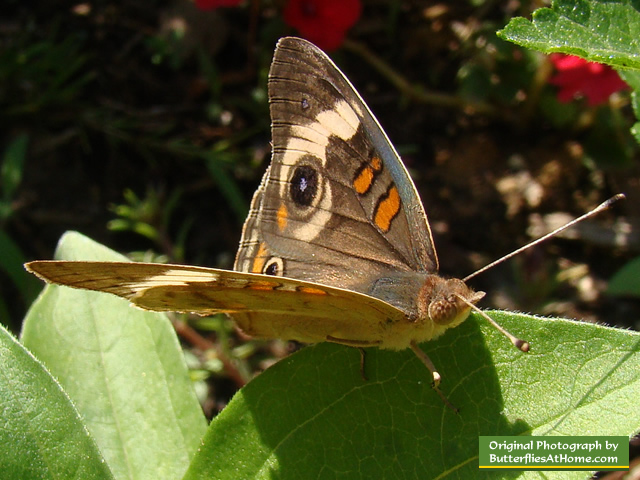
Buckeye Butterfly
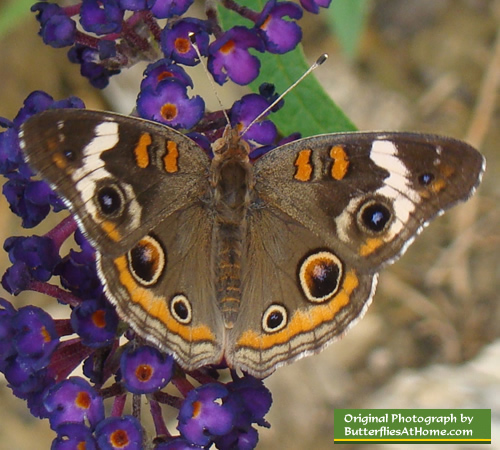
The Common Buckeye Butterfly gathering nectar from wildflowers
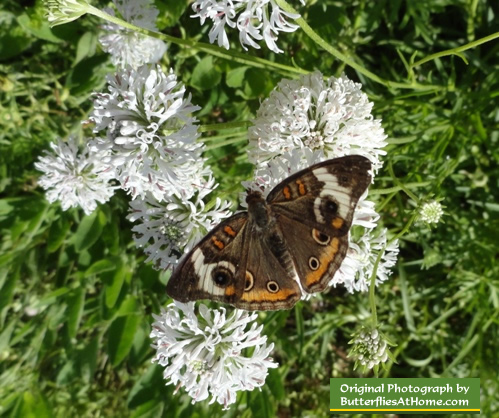
 |
|||
Check out these popular butterfly items at our Amazon Store |
|||
| Kaufman Field Guide to Butterflies of North America 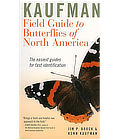 |
The Life Cycles of Butterflies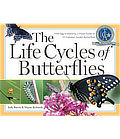 |
Peterson First Guide to Butterflies and Moths of North America 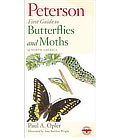 |
|
Outdoor Butterfly Hanging Flag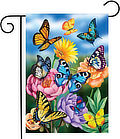 |
Butterfly Habitat Cage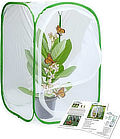 |
Butterfly Sterling Silver Pendant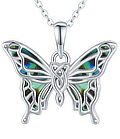 |
|
|
|||
The Common Buckeye Butterfly caterpillar
